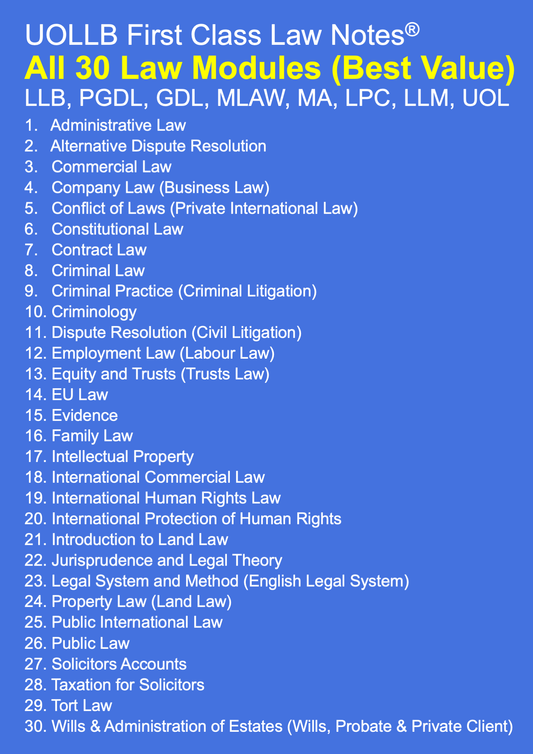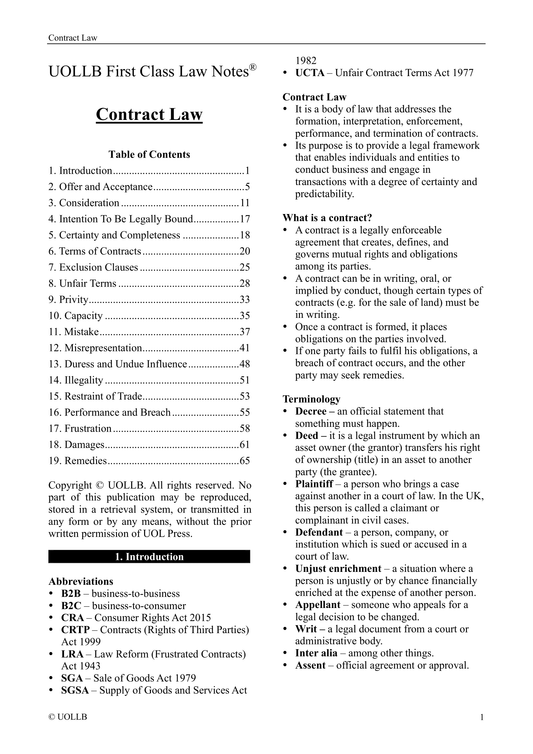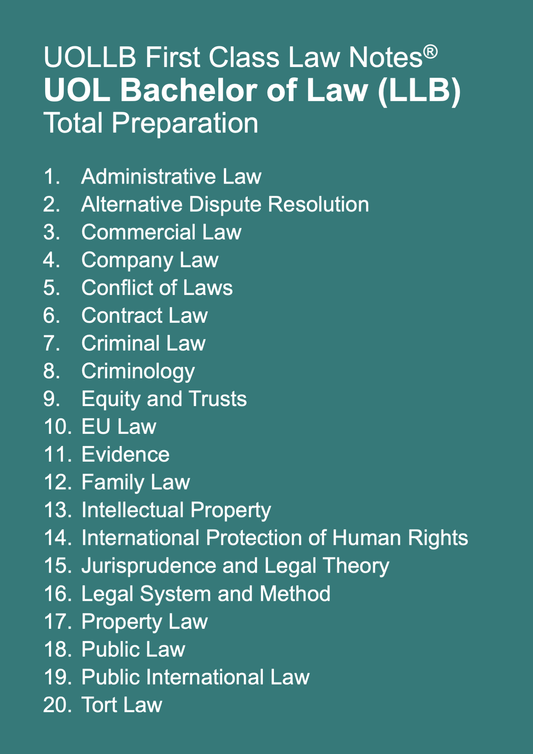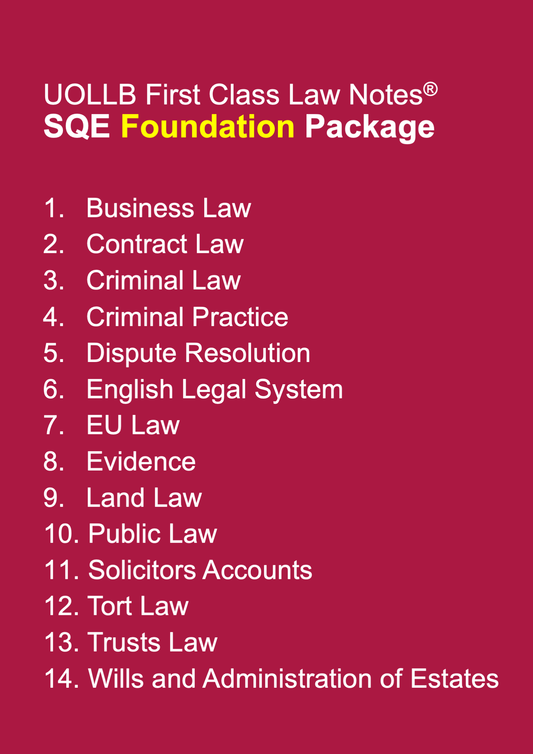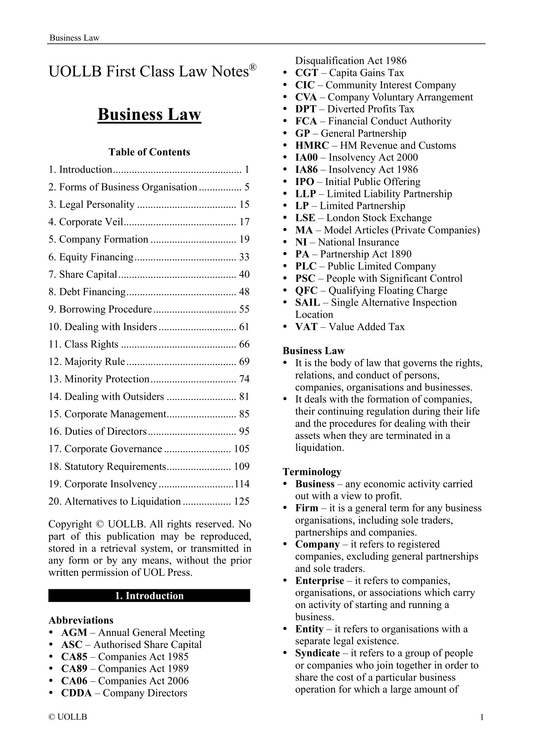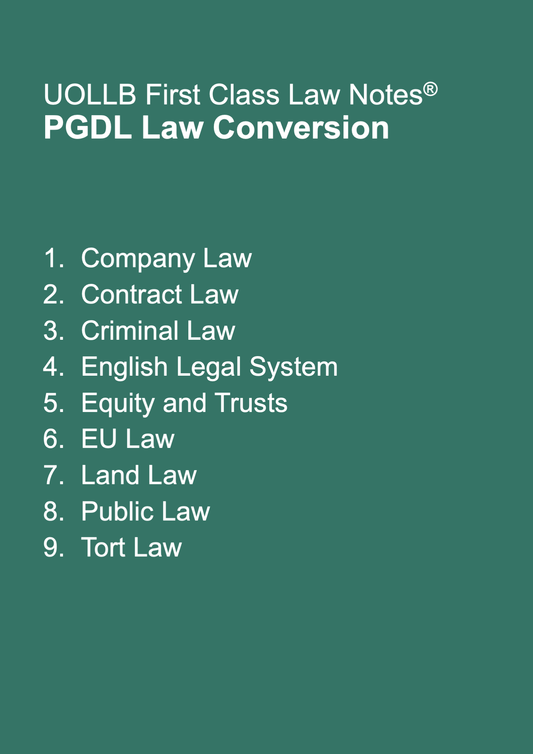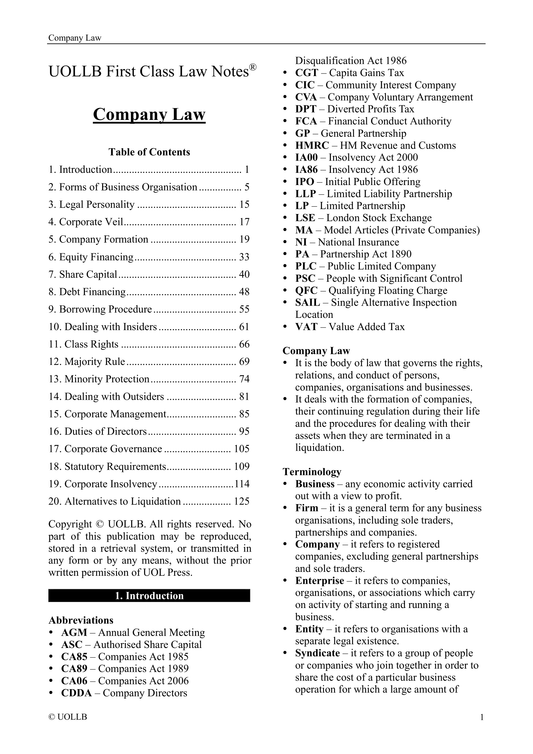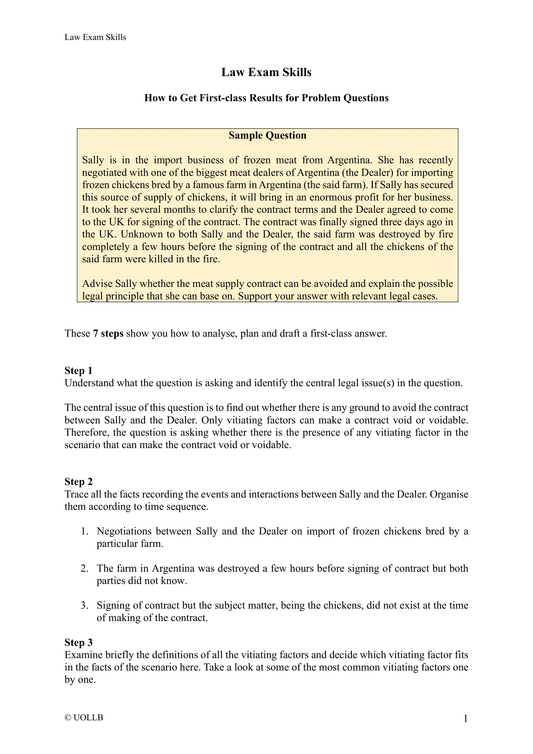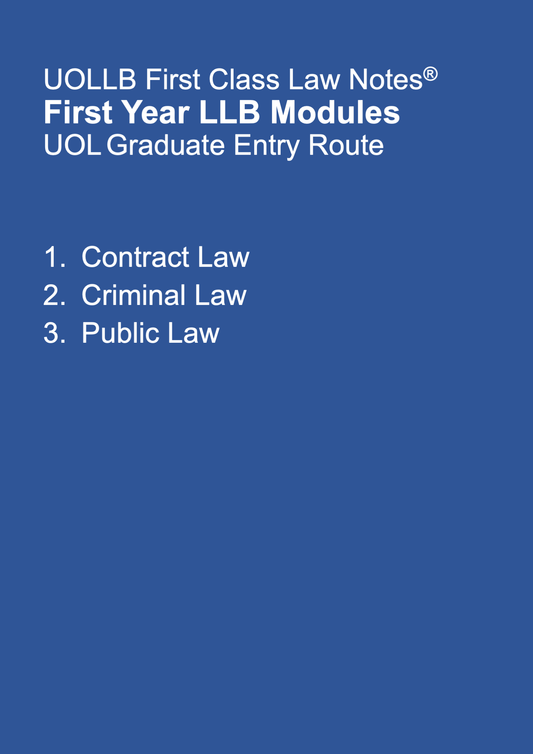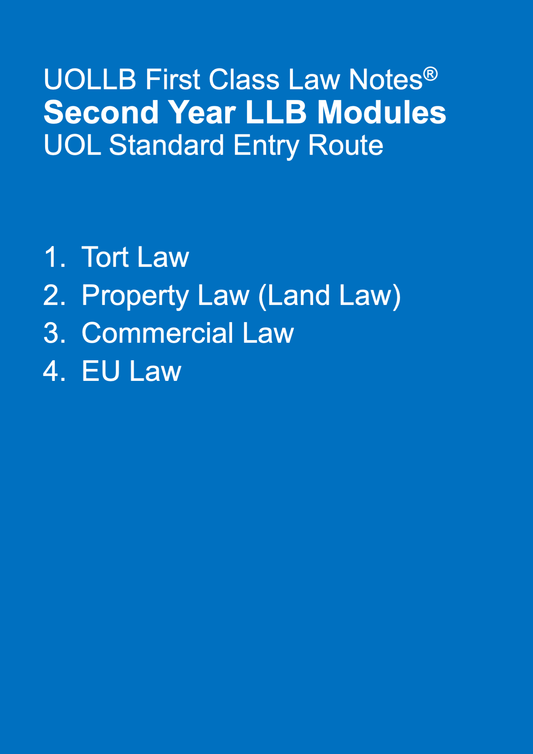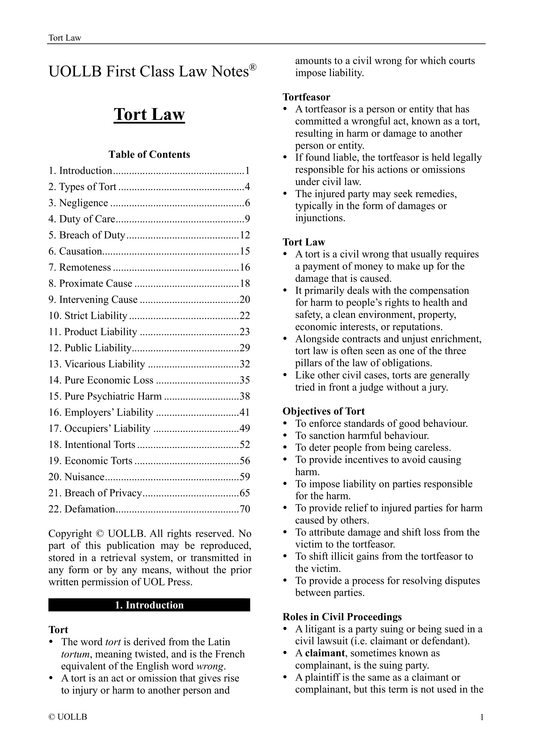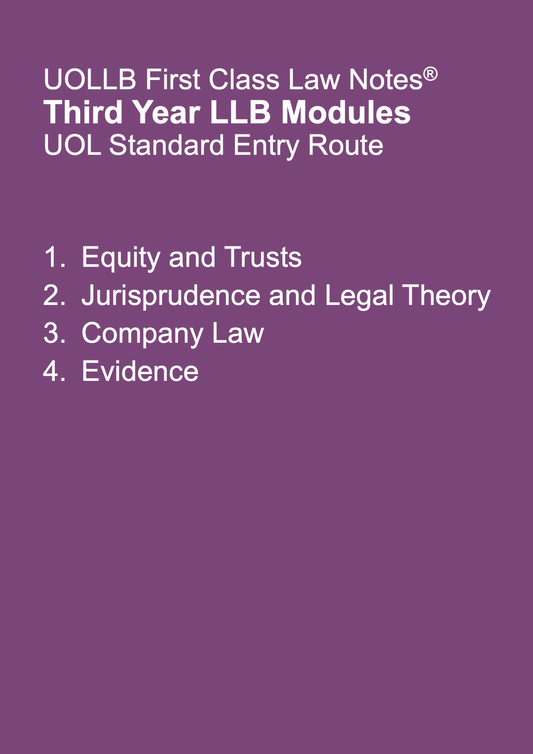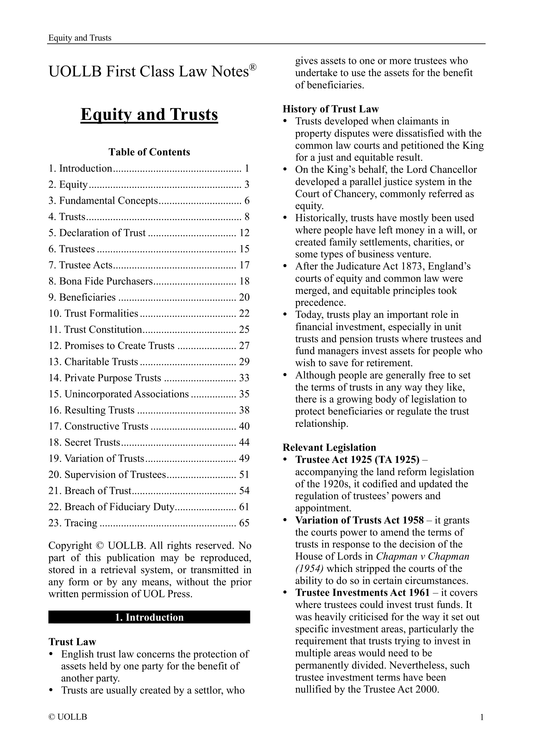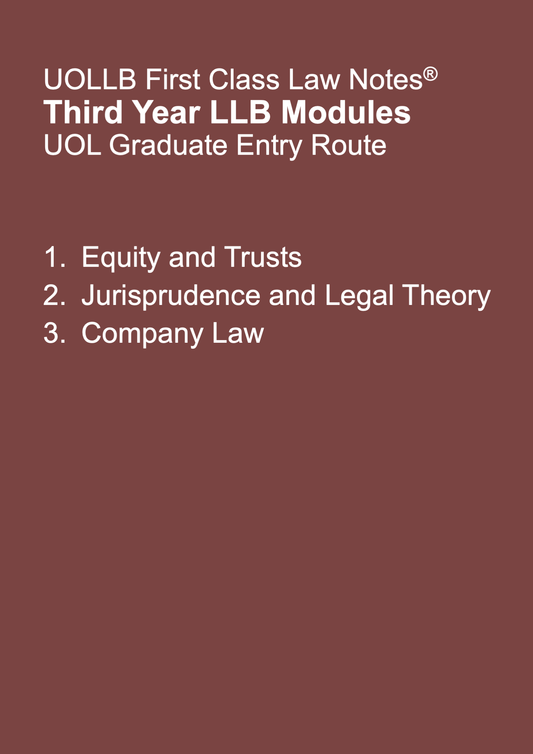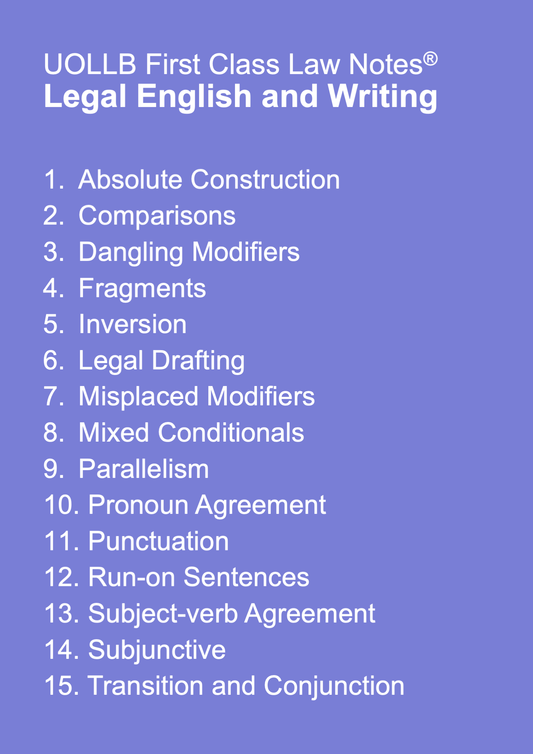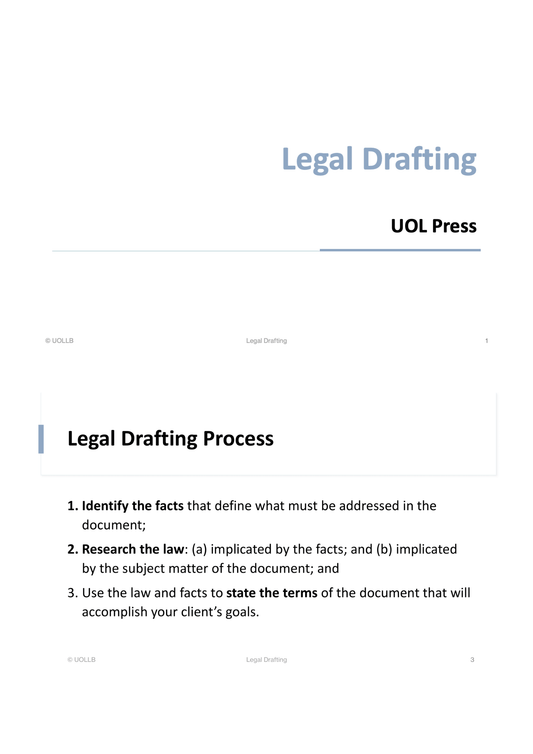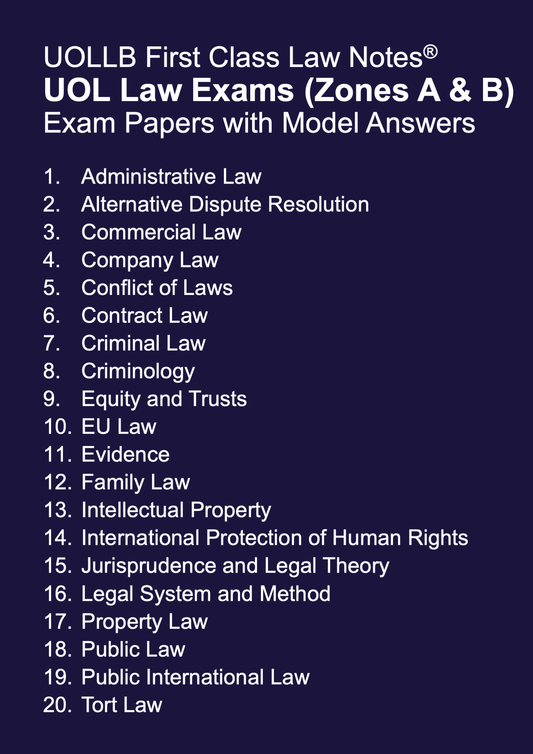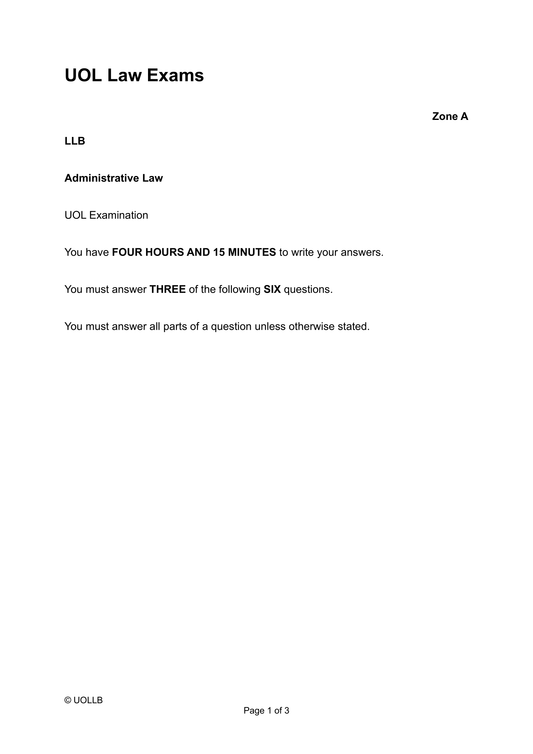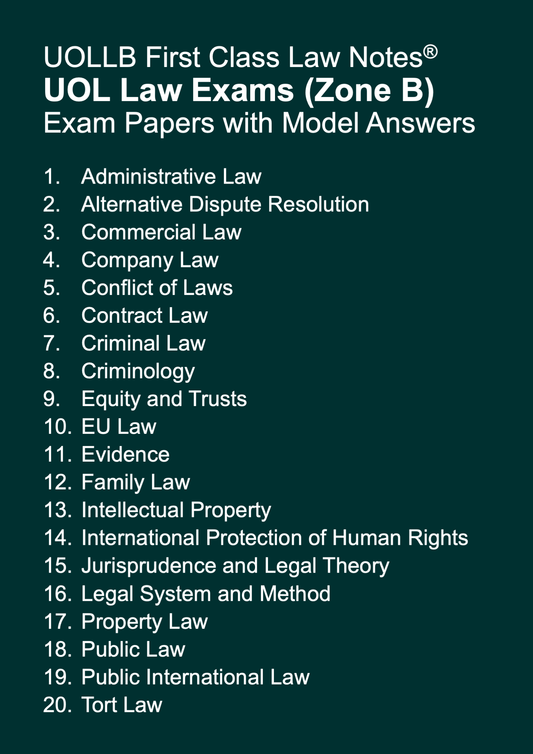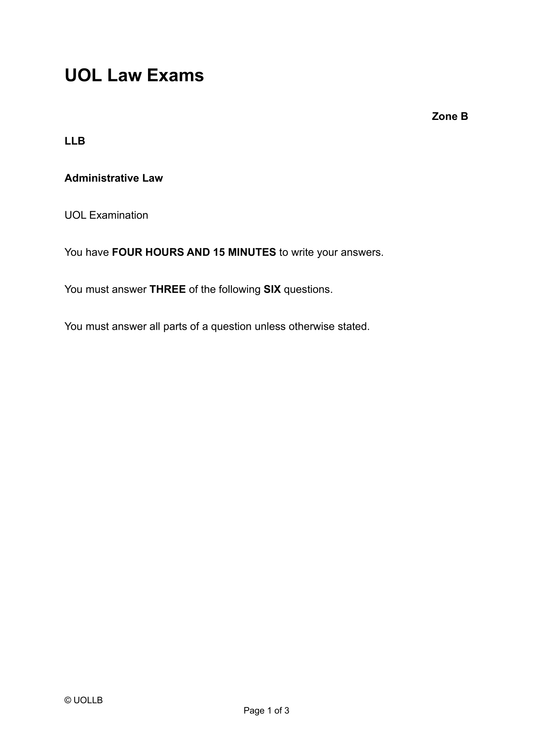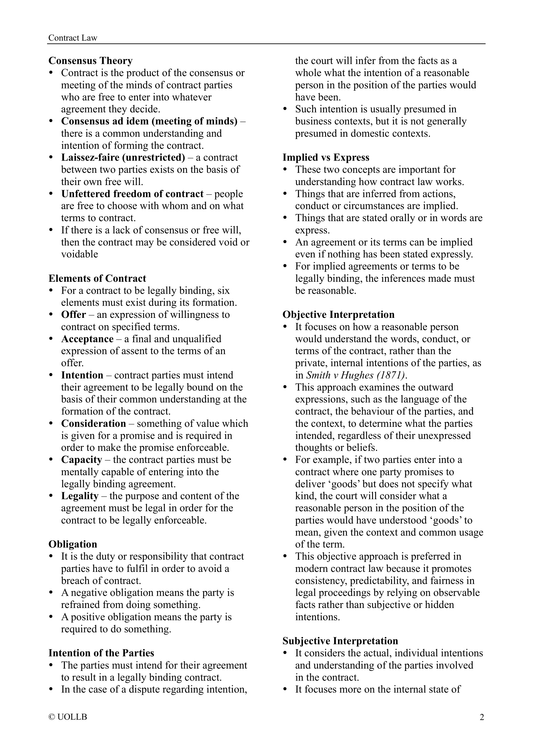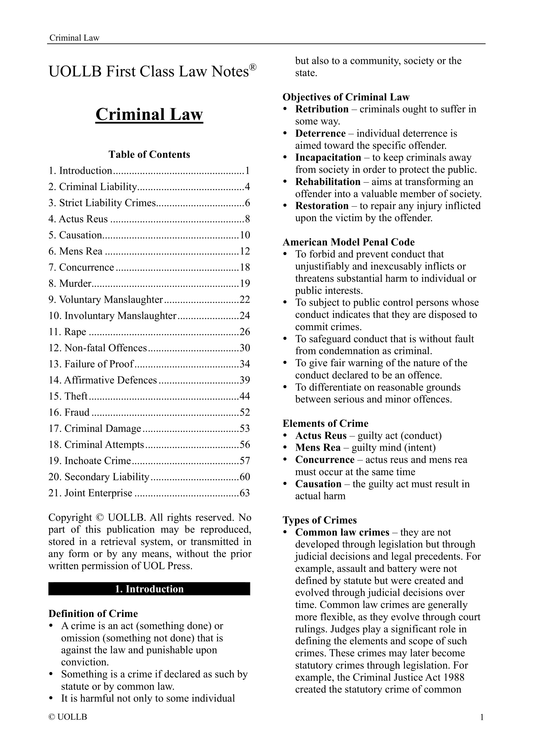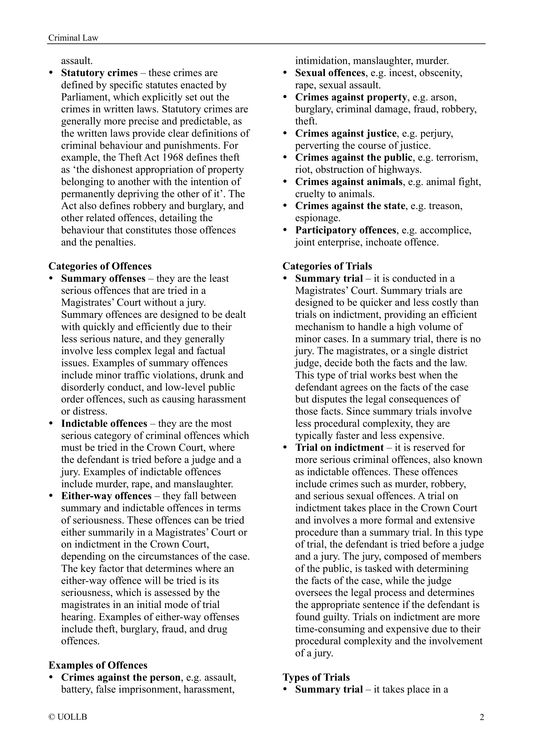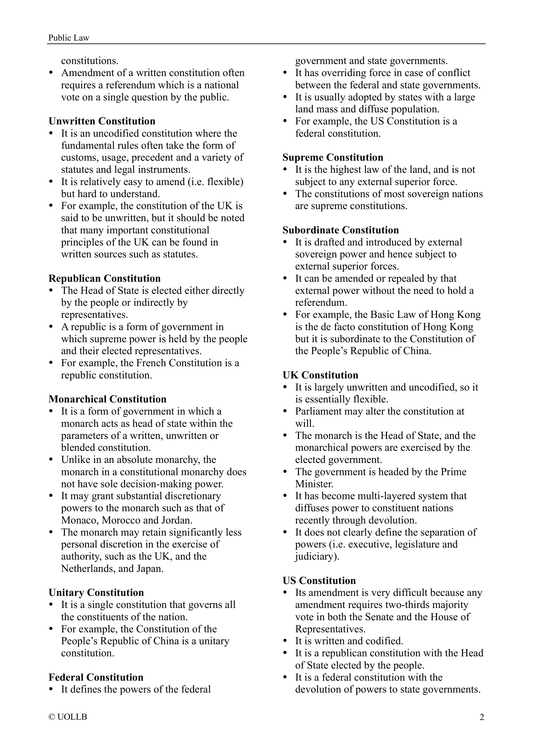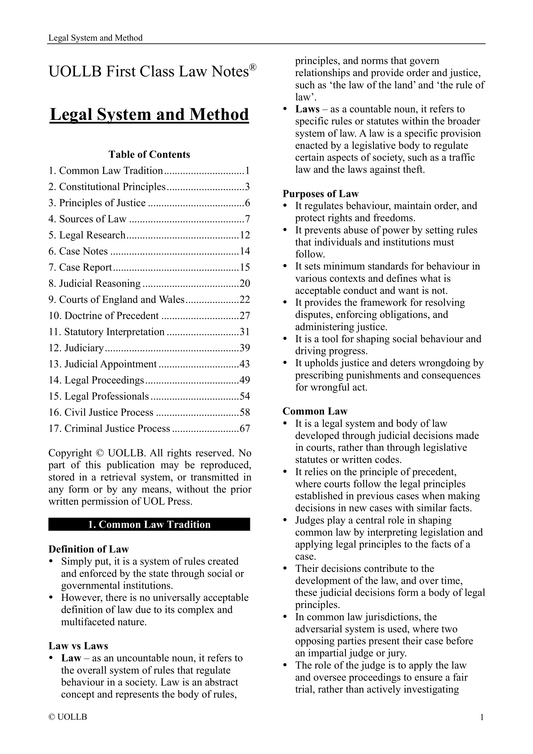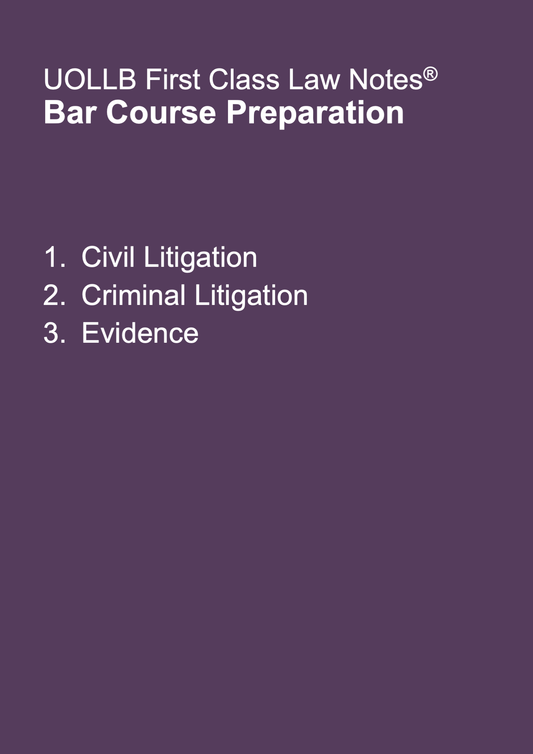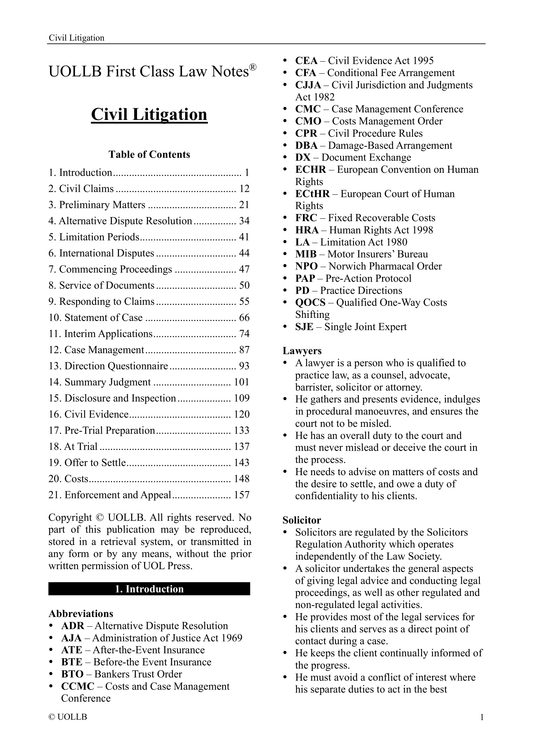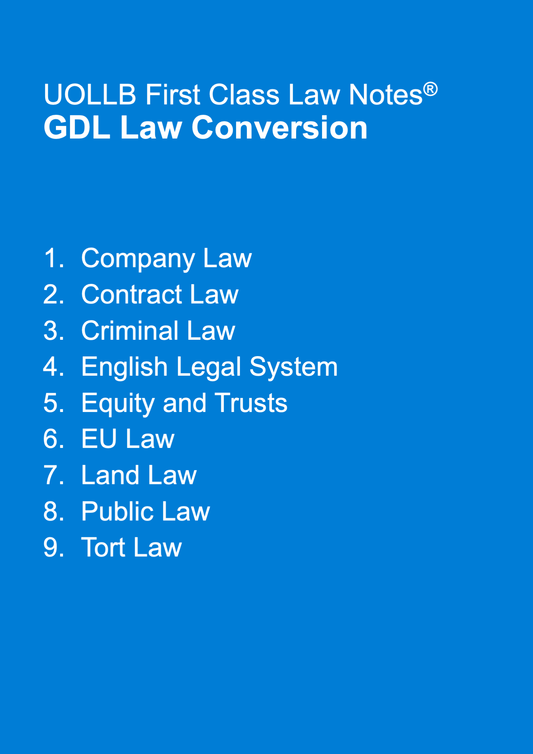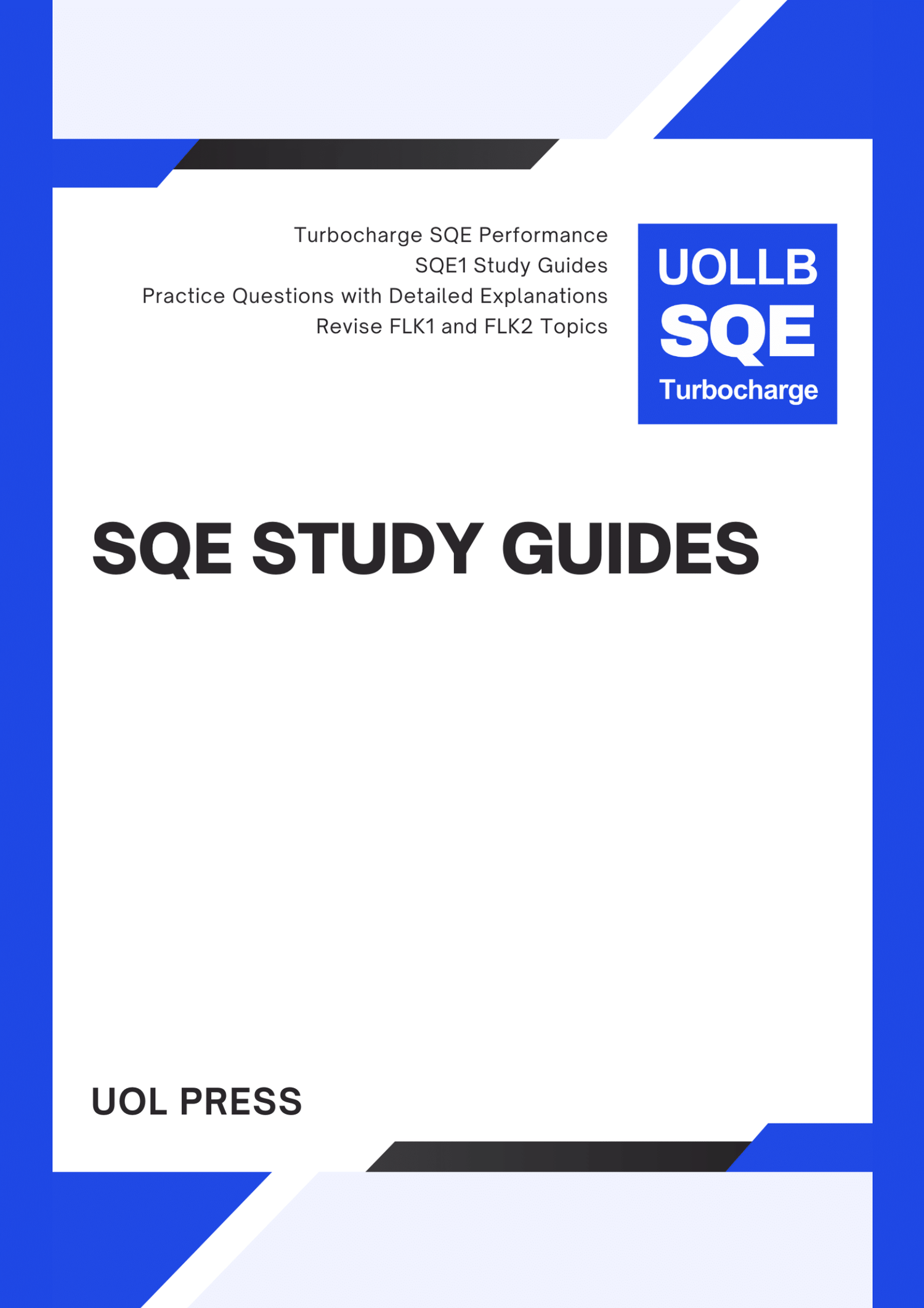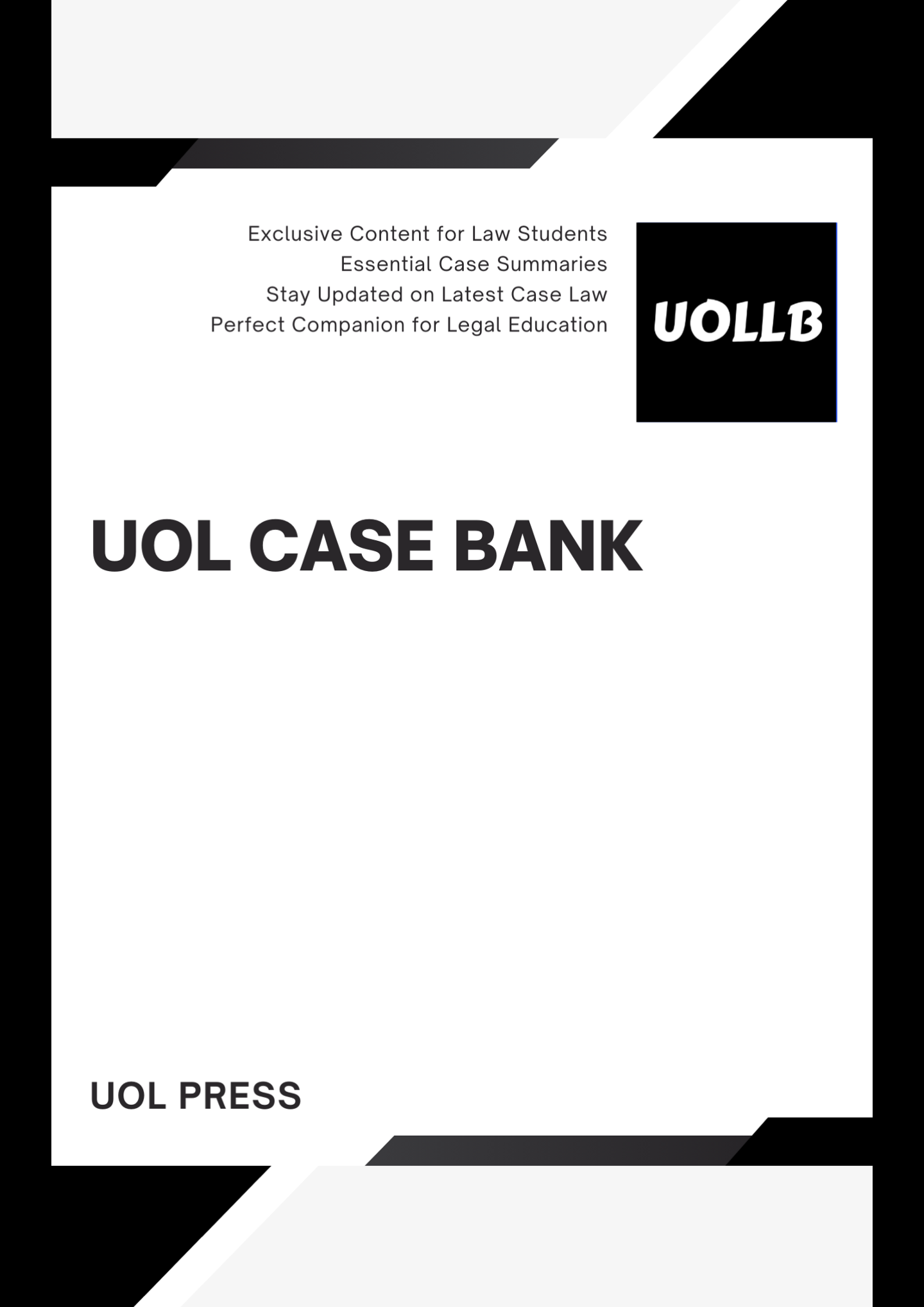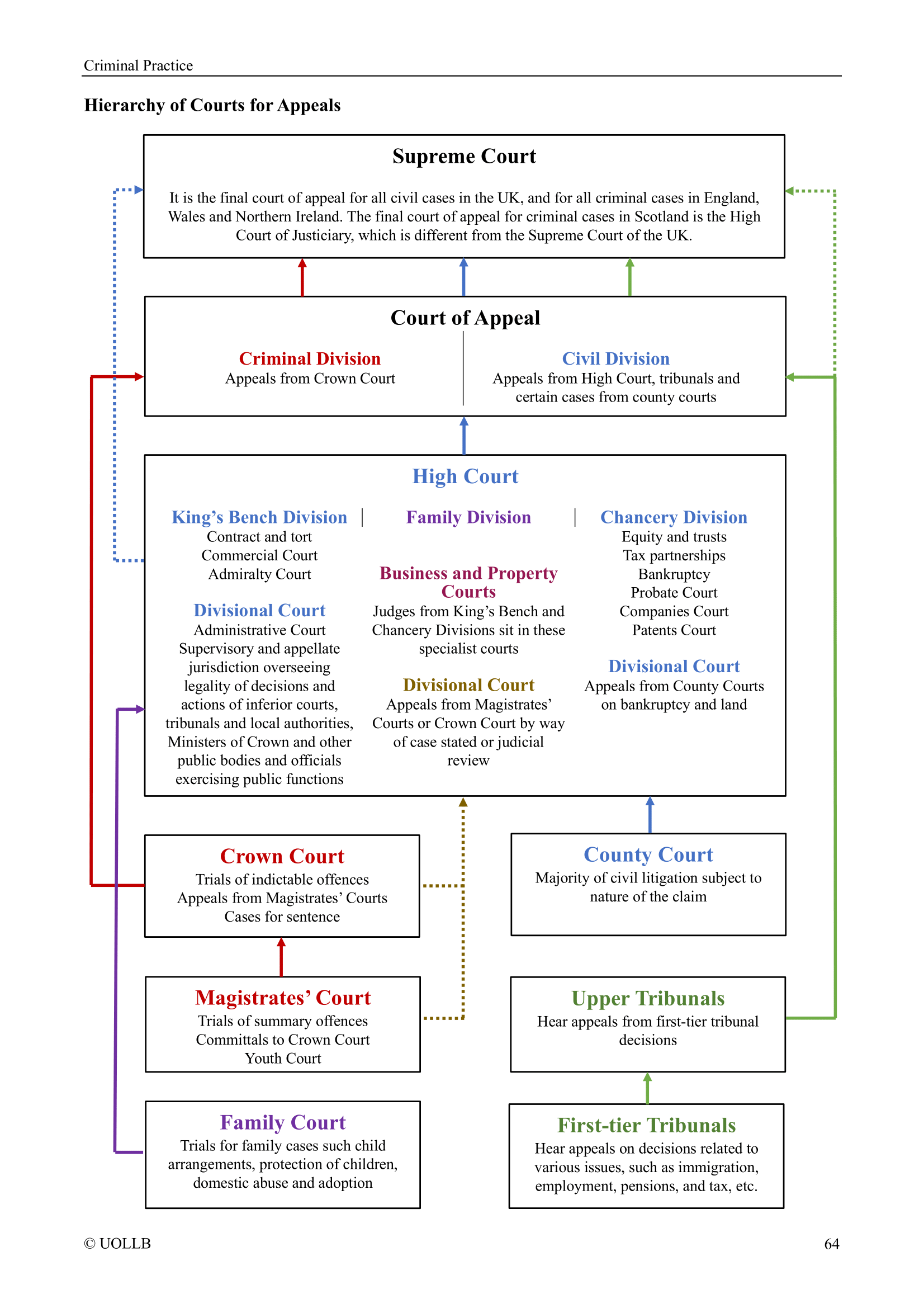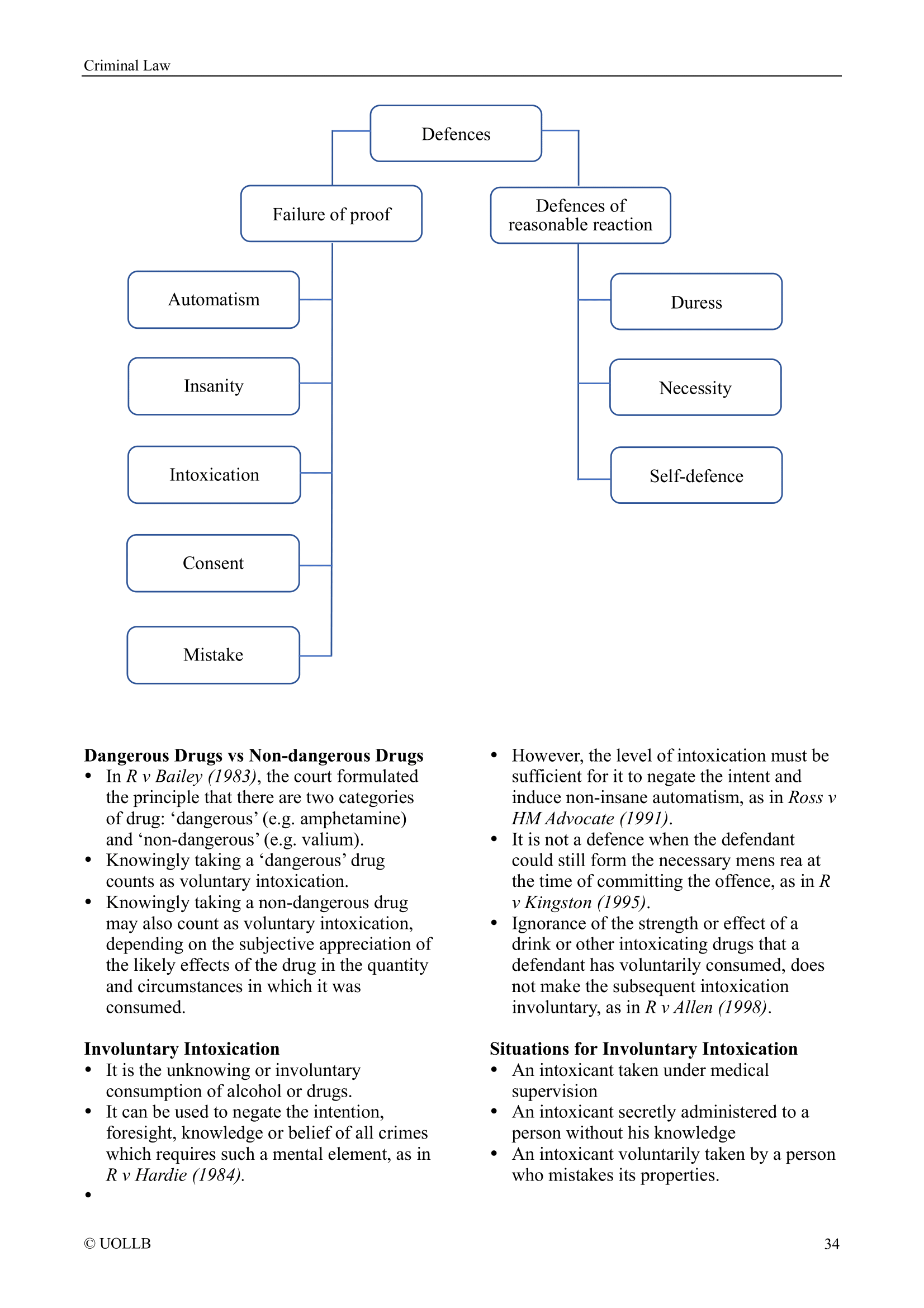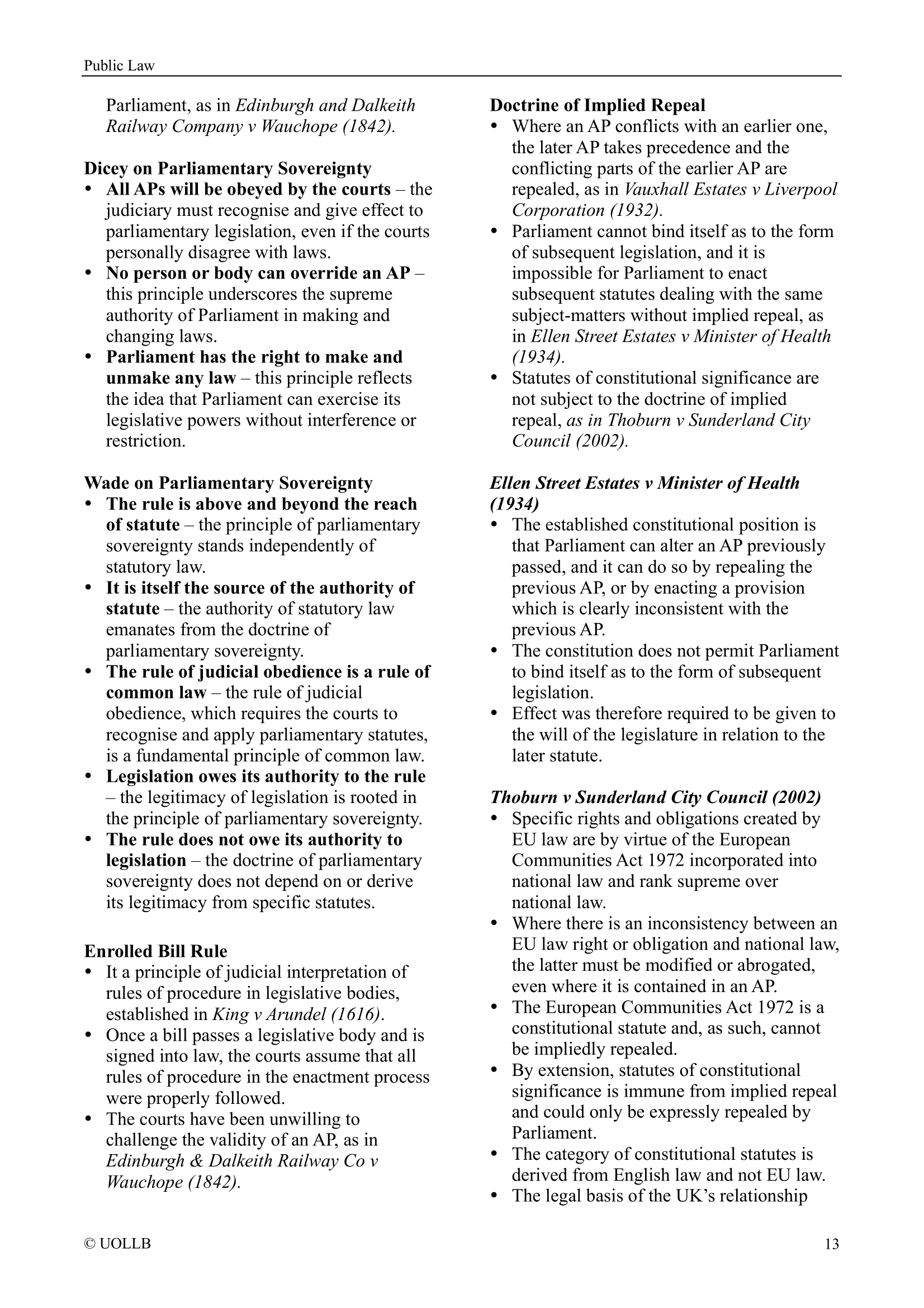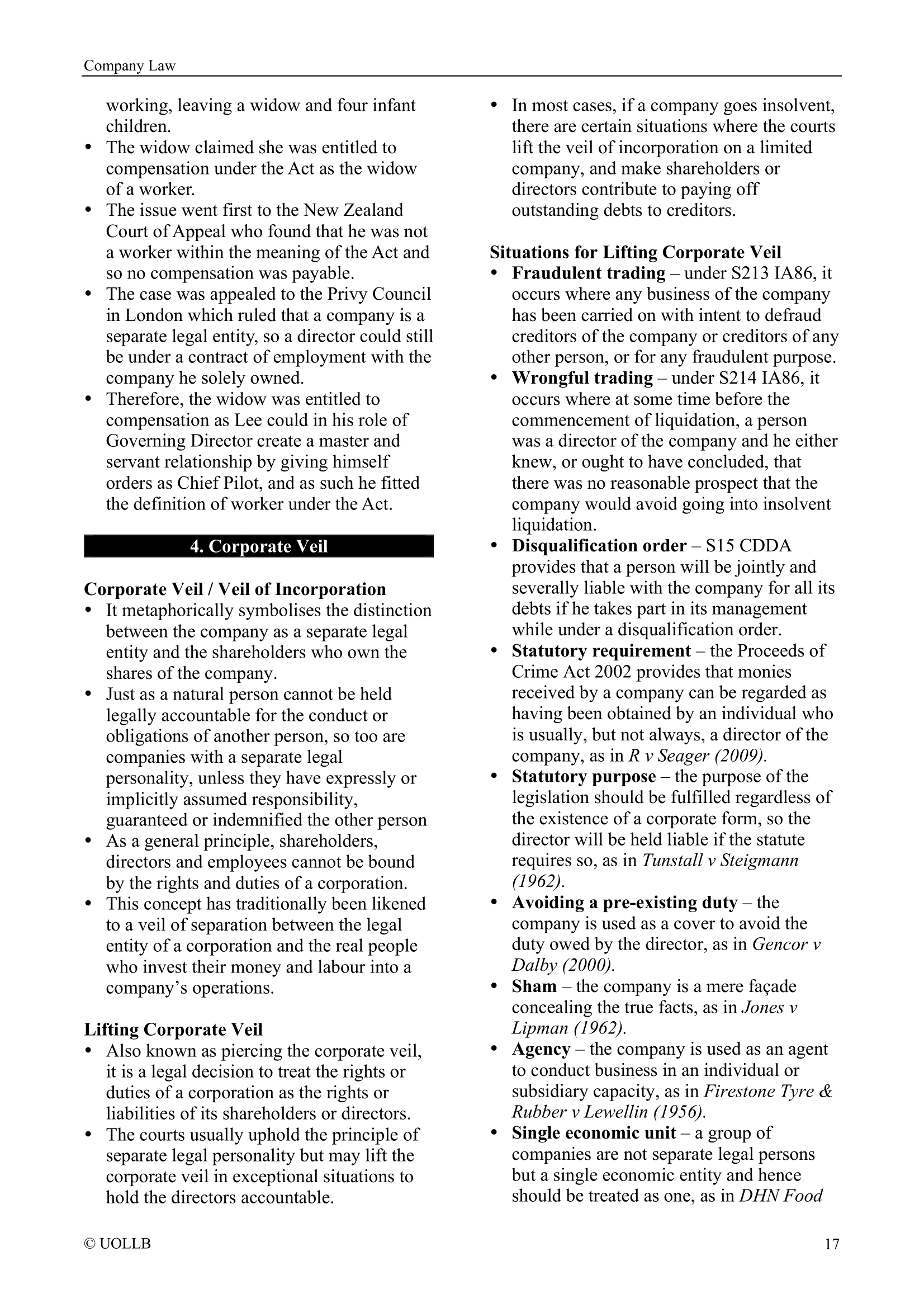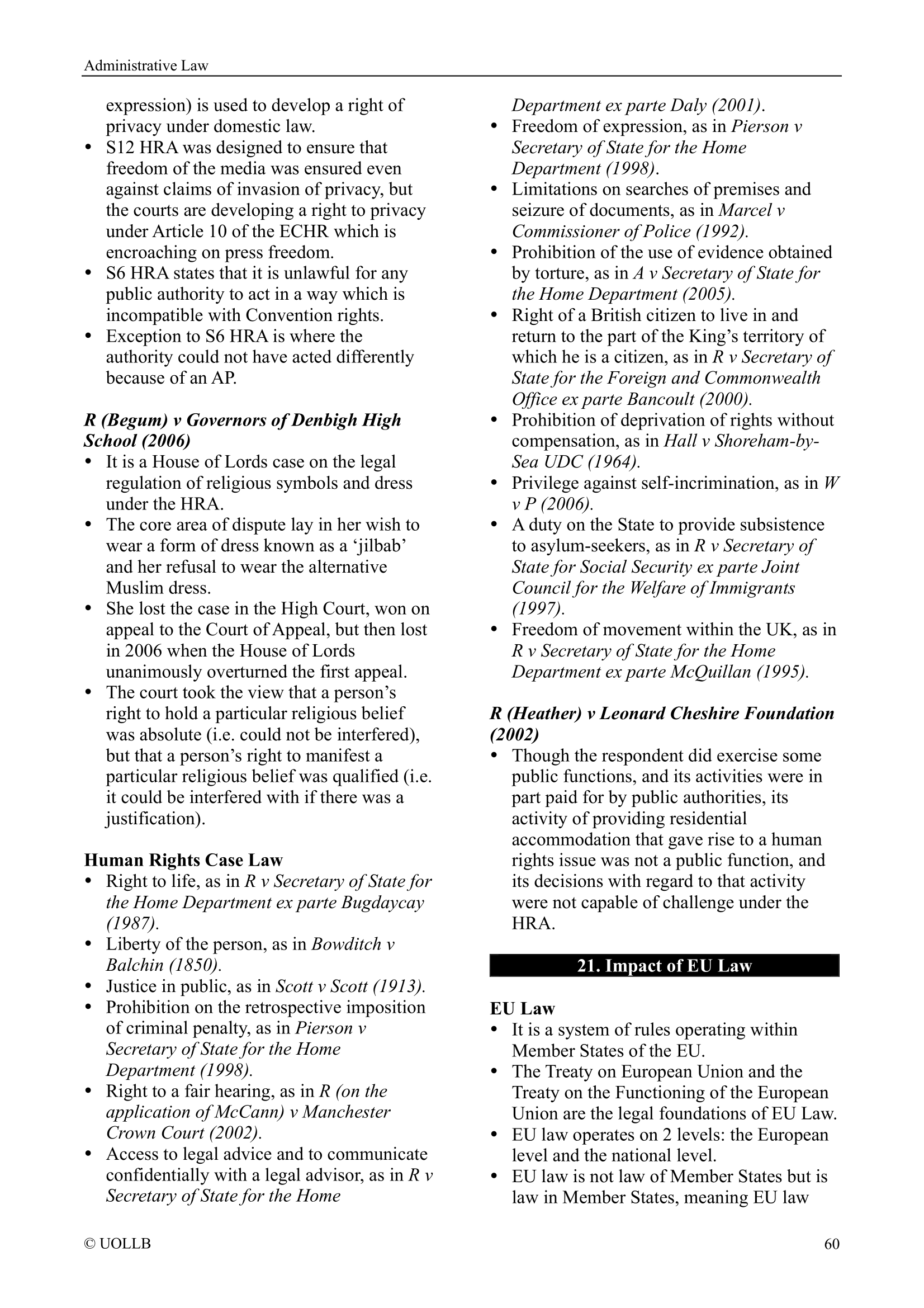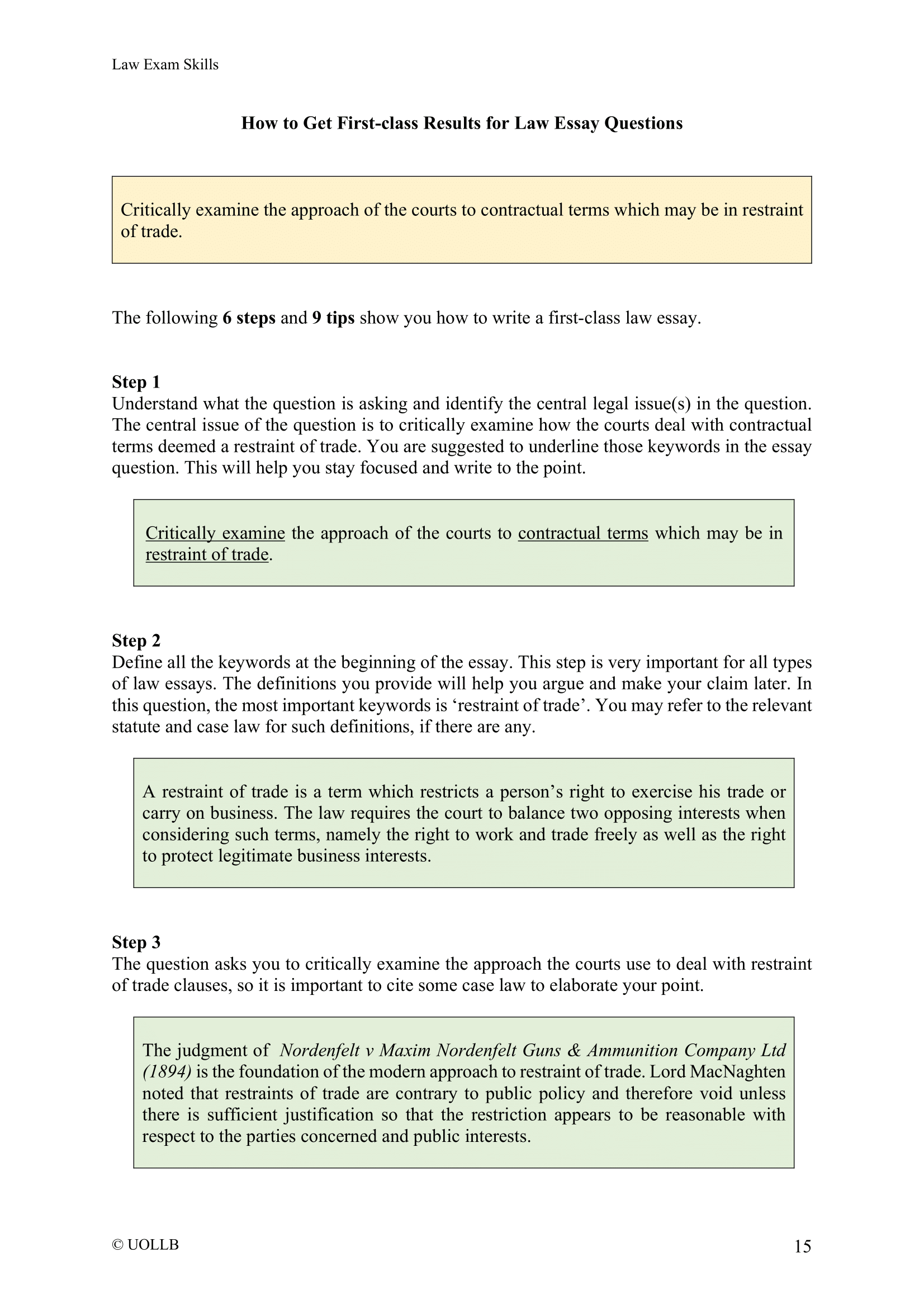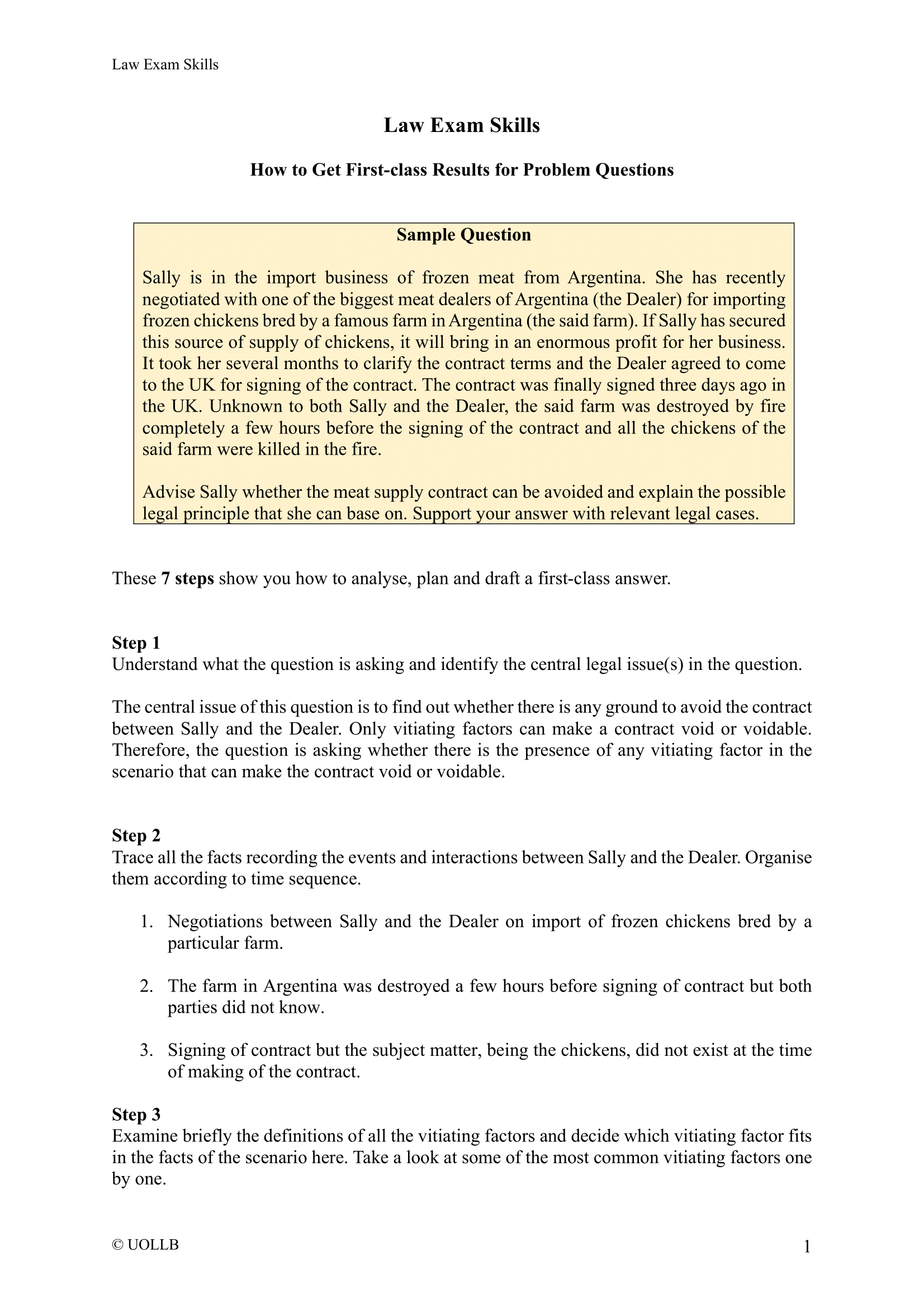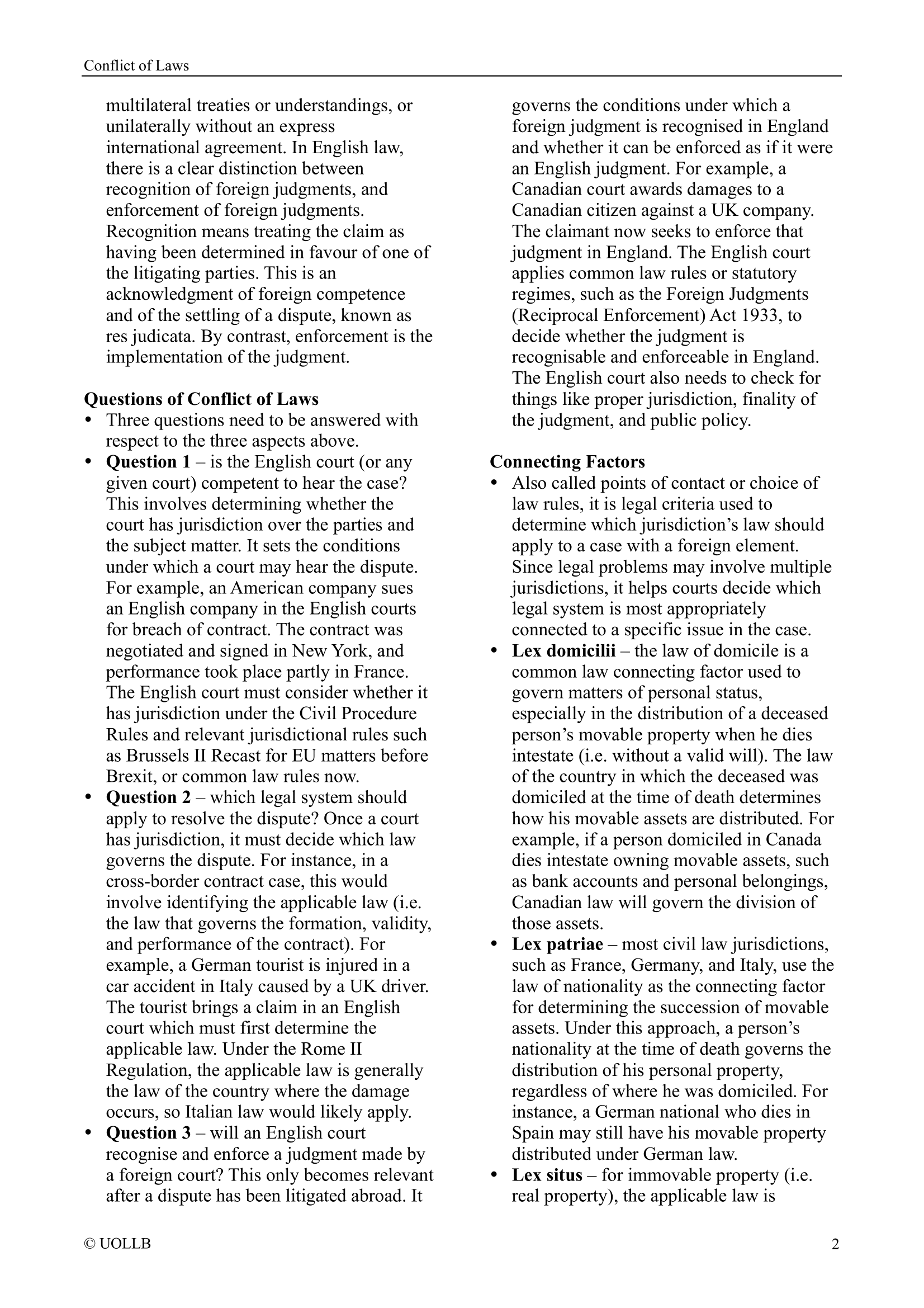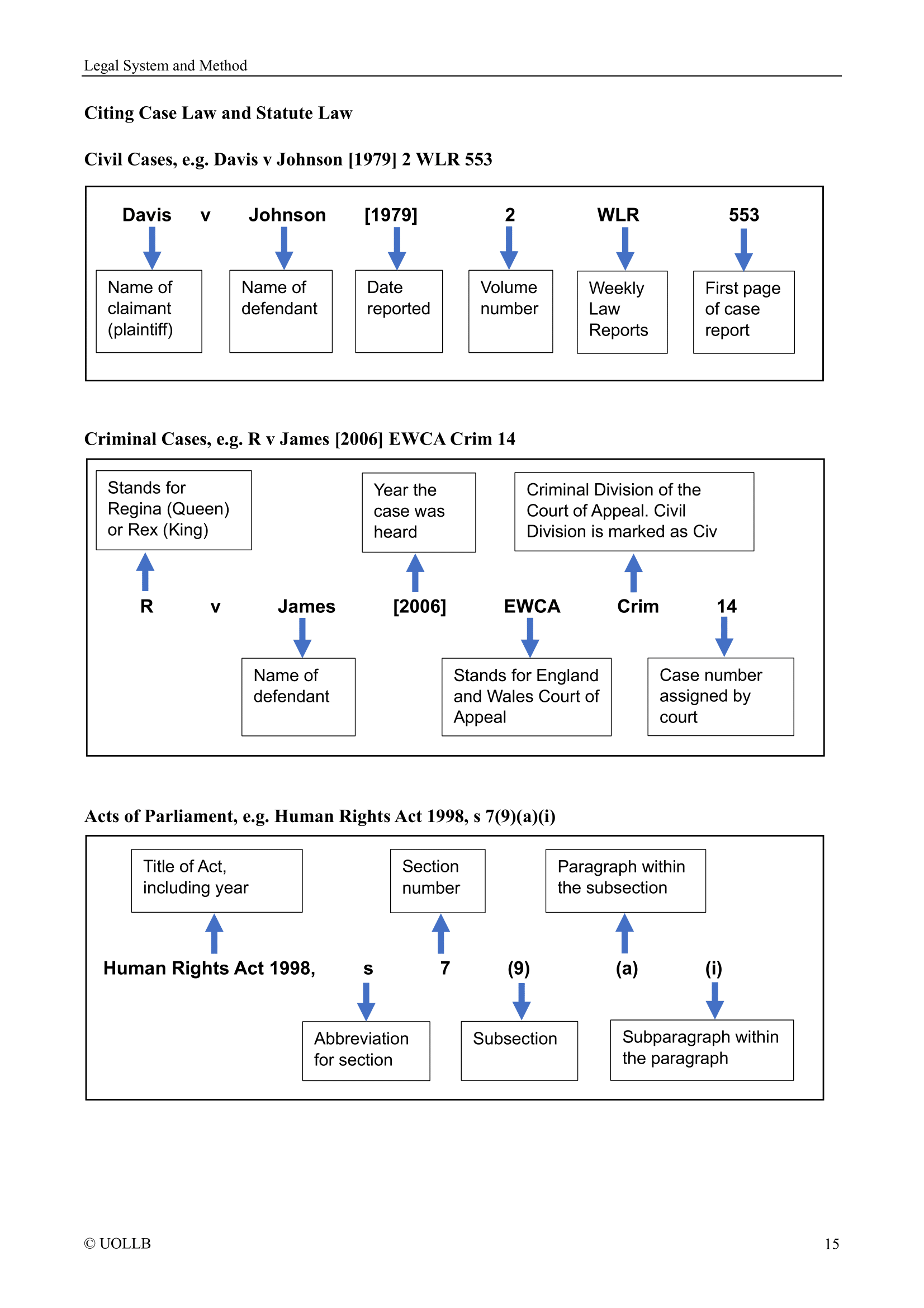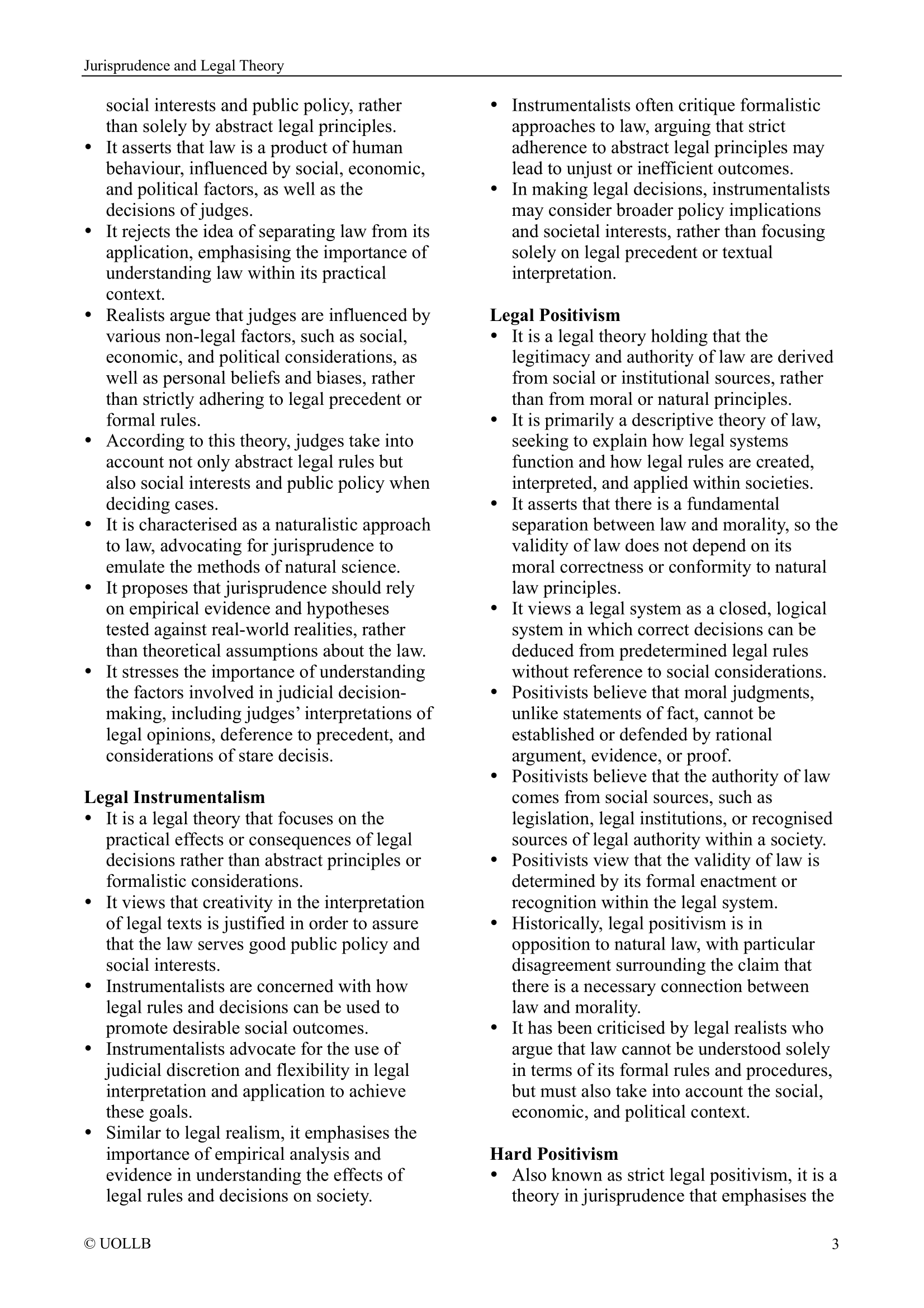Top 20 English Contract Law Cases
Share
1. Carlill v Carbolic Smoke Ball Co [1893] 1 QB 256
This case established that a unilateral offer to the world can be accepted by anyone who performs the stipulated conditions. The company advertised that it would pay £100 to anyone who used its product and still caught influenza. Carlill used the smoke ball as directed and became ill. The court held the advertisement constituted a valid offer, and Mrs. Carlill accepted by performing the conditions. The deposit of £1000 in a bank showed intention to create legal relations. This case clarified offer, acceptance by conduct, and intention in unilateral contracts.
2. Partridge v Crittenden [1968] 1 WLR 1204
Partridge placed an advert offering birds for sale. He was prosecuted under the Protection of Birds Act. The court held the advert was an invitation to treat, not an offer. Advertisements are generally not offers unless they indicate a clear intention to be bound. This case distinguishes between offers and invitations to treat in contract formation, showing that an invitation to treat invites offers, which the advertiser can accept or reject.
3. Pharmaceutical Society of Great Britain v Boots [1953] 1 QB 401
Boots operated a self-service store where customers selected goods and paid at the till. The Pharmaceutical Society claimed this breached laws requiring a pharmacist’s supervision for certain sales. The court held the contract was made at the till when the cashier accepted payment, not when the item was picked from the shelf. Items on display were invitations to treat. This case reinforced the principle that offers must be accepted to form a contract, and display of goods is not an offer.
4. Harvela Investments Ltd v Royal Trust Co of Canada [1986] AC 207
Harvela and another party submitted sealed bids for shares. The other party used a referential bid (“$101,000 more than Harvela”). The court ruled referential bids invalid in fixed bidding processes. The invitation was an offer to accept the highest bid, and Harvela’s fixed amount should have been accepted. This case clarified that referential bids conflict with the certainty required in offer and acceptance, especially where sealed, fixed bids are solicited.
5. Entores Ltd v Miles Far East Corp [1955] 2 QB 327
This case dealt with acceptance via telex. The court held that acceptance is effective when received, not sent, for instantaneous communications. Here, Entores (London) sent an offer to Miles (Amsterdam), who accepted by telex. The contract was held to be made in London, where acceptance was received. The case established the “receipt rule” for modern methods of communication, differentiating it from postal acceptance rules.
6. Adams v Lindsell [1818] 1 B & Ald 681
This case established the postal rule. Lindsell offered to sell wool and asked for a reply by post. Adams posted acceptance, but it arrived late due to delay. Lindsell had already sold the wool to someone else. The court held acceptance was effective when posted, not when received. This rule applies when post is a reasonable method of communication. It created an exception to the general rule that acceptance must be communicated to be effective.
7. Currie v Misa (1875) LR 10 Ex 153
The court defined consideration as a benefit to the promisor or a detriment to the promisee. In this case, a bill of exchange was issued but payment was stopped. The court held that there was no consideration supporting the transaction since the benefit to one party was not legally sufficient. The case is often cited for its definition of consideration as the cornerstone of enforceable contracts in English law.
8. Foakes v Beer [1884] UKHL 1
Foakes owed Beer money under a judgment. They agreed that payment in instalments would discharge the debt, but Beer later claimed interest. The House of Lords held the agreement was not binding because Foakes gave no new consideration. Part payment of a debt does not discharge the whole unless accompanied by additional consideration. This case affirms the rule in Pinnel’s Case and restricts enforceability of debt settlement agreements without extra consideration.
9. Central London Property Trust v High Trees House Ltd [1947] KB 130
During WWII, High Trees leased flats at reduced rent. After the war, the landlord sought full rent, including for the war period. Denning J held that although the landlord could not recover the reduced rent during the war, they could resume full rent afterwards. The doctrine of promissory estoppel was established: if one party makes a promise not to enforce rights, and the other relies on it, the promisor is estopped from going back. This case limited the strictness of consideration in enforcing modifications.
10. Hadley v Baxendale [1854] EWHC J70
A mill part broke, and the defendant delayed in delivering a replacement, causing the mill to stay closed. The claimant sought damages. The court held damages could only be claimed for losses arising naturally from the breach or reasonably within both parties’ contemplation. The late delivery did not fall within those categories. This case is fundamental for remoteness of damages in breach of contract, establishing a two-limb test still used today.
11. Balfour v Balfour [1919] 2 KB 571
A husband promised to pay his wife a monthly allowance while he worked abroad. When the marriage broke down, the wife sued to enforce the promise. The court held the agreement was not legally binding, as it was made in a domestic context without intention to create legal relations. This case established the principle that domestic or social agreements are presumed not to be legally enforceable unless clear evidence suggests otherwise. The decision helps distinguish enforceable commercial contracts from informal arrangements between family members.
12. Merritt v Merritt [1970] 1 WLR 1211
Unlike Balfour, this case involved a written agreement between a separated husband and wife. The husband agreed to transfer ownership of their house to his wife if she paid the mortgage. The court found the agreement legally binding, as the parties were no longer living in amity and had intended legal consequences. This case shows that the intention to create legal relations can exist in domestic settings where parties are separated or in dispute, especially when the agreement is documented formally.
13. Dickinson v Dodds (1876) 2 Ch D 463
Dodds offered to sell property and promised to keep the offer open until Friday. Before Friday, he sold the property to a third party. Dickinson, who had heard about the sale from someone else, tried to accept the offer. The court held that the offer had been validly revoked, even though no formal communication came from Dodds himself. This case clarifies that revocation of an offer can be communicated by a reliable third party and that options (to keep an offer open) require separate consideration.
14. Hyde v Wrench (1840) 3 Beav 334
Wrench offered to sell a farm for £1000. Hyde counter-offered £950, which Wrench refused. Hyde then tried to accept the original £1000 offer. The court held no contract existed. A counter-offer destroys the original offer and cannot later be accepted. This case is essential for understanding the mirror image rule, which requires acceptance to match the terms of the offer exactly. Any deviation, even by negotiation, results in a new offer and rejection of the original.
15. Williams v Roffey Bros [1991] 1 QB 1
Roffey Bros contracted to refurbish flats and hired Williams for carpentry. Williams ran into financial trouble, so Roffey agreed to pay extra to finish on time. Later, they refused to pay. The court held the new promise was enforceable because Roffey gained a practical benefit (avoiding penalty clauses and ensuring timely performance). This case redefined consideration, holding that a promise to perform an existing contractual duty can be valid consideration if the other party derives a practical benefit from the arrangement.
16. Re Casey’s Patents [1892] 1 Ch 104
A manager helped manage patents and was later promised a share in them. The court held the promise was binding as there was past consideration that implied a reward was expected. This case is a rare exception to the rule that past consideration is not valid. The court allowed enforcement where past services were rendered at the request of the promisor and it was understood payment would be made. This case is important in employment and agency contexts where work is done before formal agreements are made.
17. Thomas v Thomas (1842) 2 QB 851
A man expressed a wish for his wife to live in his house after his death. The executors charged her £1 per year in rent. The court held the promise was enforceable because the rent, although nominal, was sufficient consideration. This case reinforces that courts will not question the adequacy of consideration, only its existence. Even a small or symbolic sum can make a contract legally binding if it is bargained for.
18. Blue v Ashley [2017] EWHC 1928 (Comm)
Mr. Blue claimed he was promised £15 million by Mike Ashley (owner of Sports Direct) if he helped raise the company’s share price to £8. The promise was made in a pub over drinks. The court held that the statement lacked intention to create legal relations. It was made in an informal, social context and was not a serious contractual offer. This case reinforces that even in business contexts, courts will assess whether a reasonable person would view the statement as legally binding, especially considering the circumstances in which it was made.
19. Chapelton v Barry UDC [1940] 1 KB 532
Chapelton hired a deckchair and received a ticket with an exclusion clause on the back. He was injured and sued. The court held the exclusion clause was not incorporated into the contract because the ticket was a receipt, not a contractual document. Terms must be brought to a person’s attention before or at the time of contracting. This case is a key authority on incorporation of terms and the need for reasonable notice, especially regarding exclusion clauses.
20. Hong Kong Fir Shipping v Kawasaki Kisen Kaisha [1962] 2 QB 26
The shipowner chartered a ship that turned out to be unseaworthy due to crew incompetence and engine issues. The court introduced the concept of innominate terms, distinguishing between conditions and warranties. Breach of an innominate term only leads to termination if it substantially deprives the innocent party of the contract’s benefit. This case created a flexible approach to breach and remedies, moving away from rigid classification of terms, and is now a cornerstone in assessing repudiatory breach.
